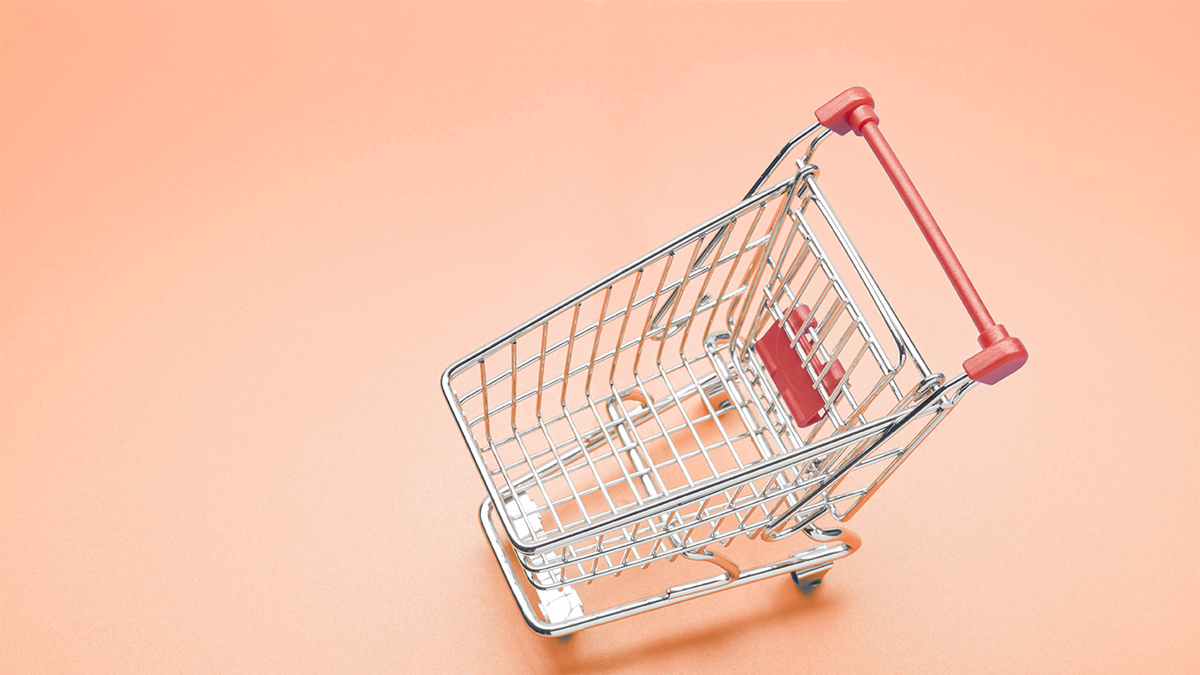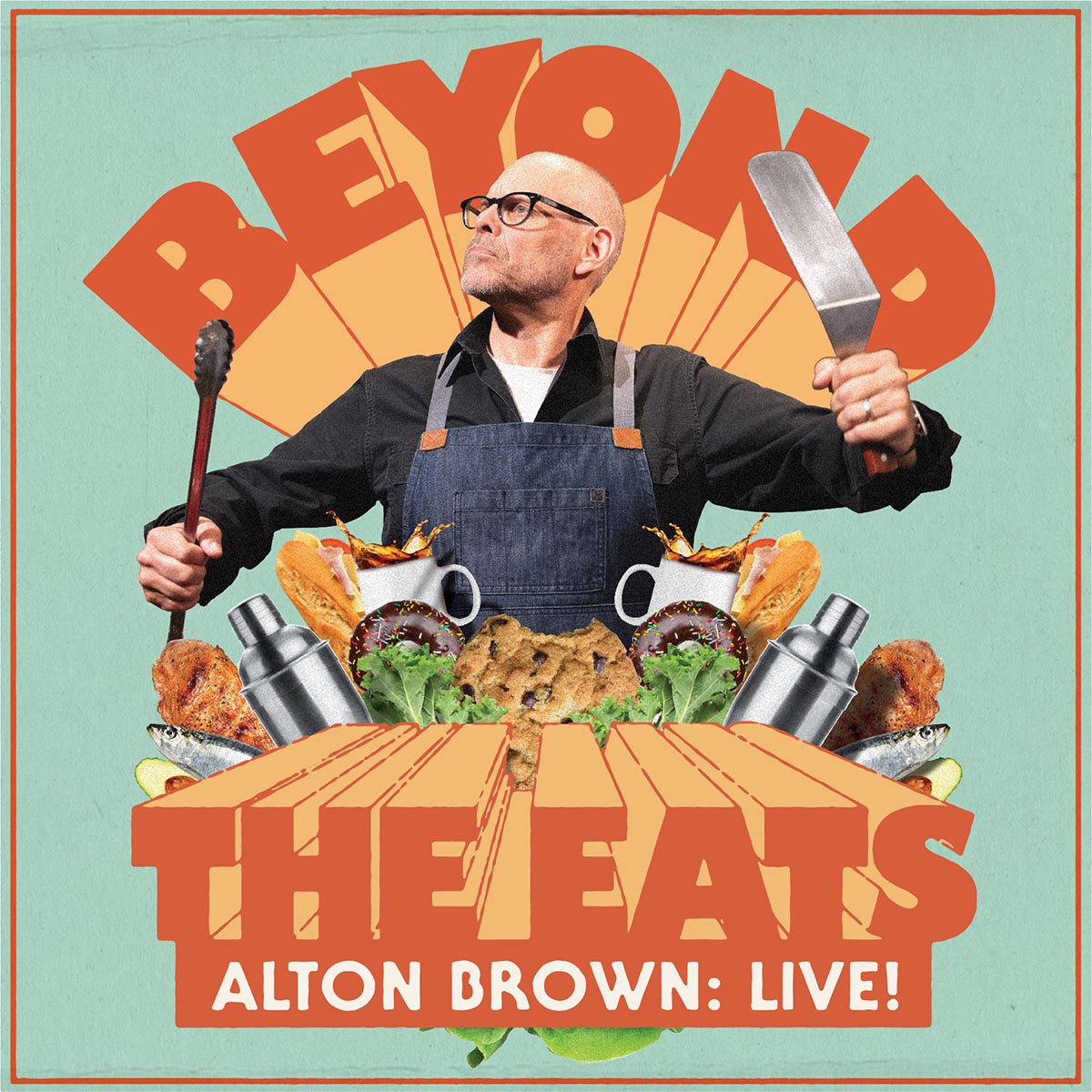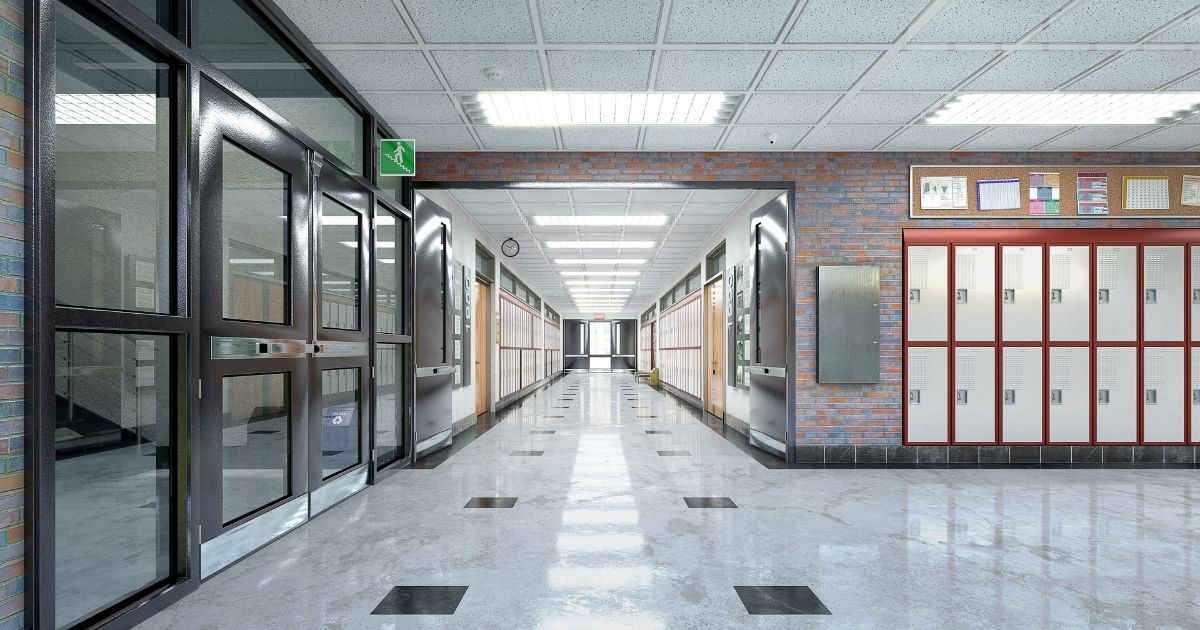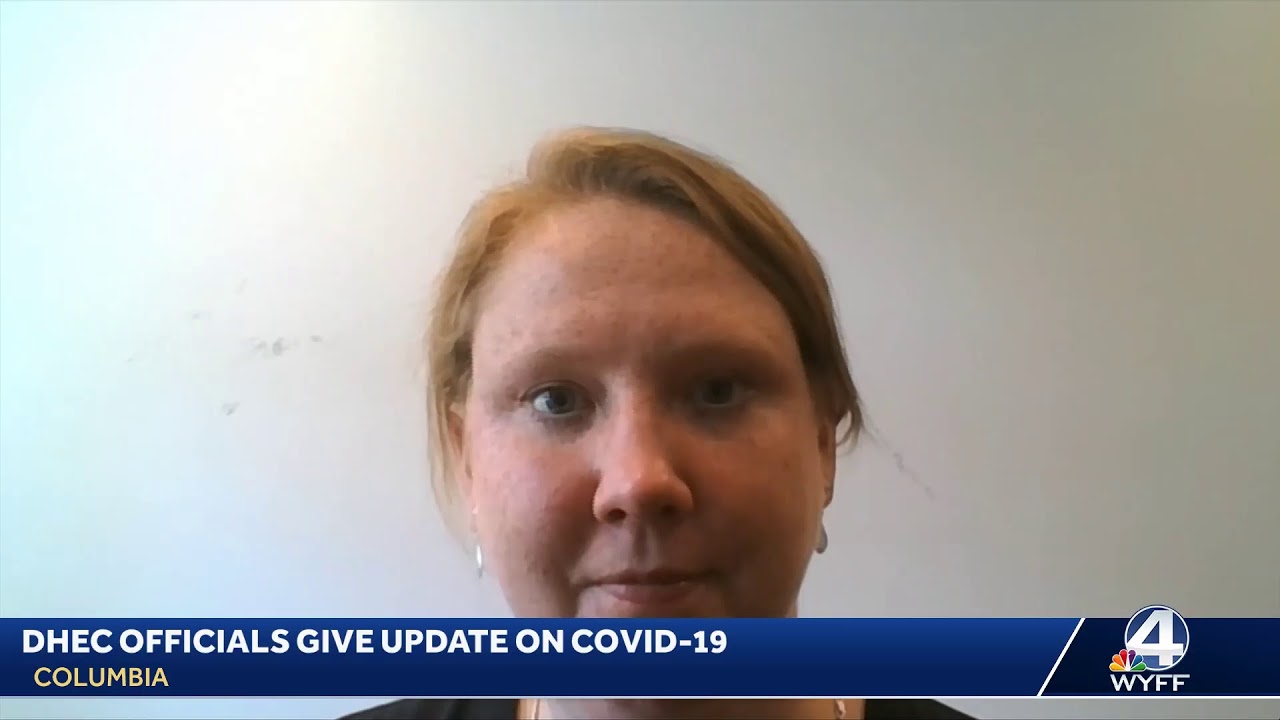
In the wake of the coronavirus pandemic, many of us are practicing social distancing and keeping indoors to avoid the risk of spreading the disease. For some people, this means working from home, taking online classes and homeschooling the kids. While our daily routines have drastically shifted in the past few weeks, one thing hasn’t changed: the need to eat. Fortunately, many grocery stores have kept their doors open so we can keep our refrigerators and cabinets well-stocked. But the question is: Is it safe to go out for a food run when supplies are running low? Or should we opt for delivery?It all depends on whether you’re at a higher risk of getting ill from COVID-19, according to Dr. Chris J. Wiant, Chair of the Water Quality and Health Council. “High risk individuals include the elderly, immunocompromised, people with respiratory ailments or undergoing cancer treatment, among others,” he says. The Centers for Disease Control and Prevention also includes people who have heart disease or diabetes.” should avoid any crowds and avoid going in public at the present time unless absolutely necessary,” adds Dr. Wiant. “Those not high-risk can go to the store but should practice good personal hygiene. To help protect the elderly and sick, lower risk individuals may want to offer to get groceries or other necessary supplies for them.”If you are considered “high risk” and don’t have a trusted helper to get your groceries, experts say that it is safest to stick to a delivery service — although it’s not 100% risk-free. Thankfully, whether you choose to order your food online or take a walk down to the corner store, there are some precautions you can implement to reduce your chances of infection.According to Dr. Wiant and other experts, here are the best practices for conscious grocery shopping while social distancing:If you’re planning on ordering your groceries…Ask your delivery person to leave the groceries outside your door: “If contact-less delivery of groceries or meals is available, opt for it,” says Dr. Wiant. It’s possible that either you or your delivery person is a carrier of the COVID-19 virus so it’s best to keep contact to a minimum. Some services have sections where you can specify how you would like your groceries to be dropped off so, tell the delivery people to leave them outside.If you plan on giving the delivery person a tip, see if you can tip electronically instead of handing out cash.Always make sure to wash your hands before and after you pick up the groceries from your doorstep. The CDC recommends washing your hands with soap and water for at least 20 seconds. Although researchers say the risk of contracting the virus from contaminated surfaces — such as bags and packaging — is low, it’s better to be safe than sorry. If you are planning on going to the store…Go when it’s not crowded. Since the virus is mainly transmitted through close contact with other individuals, the key to social distancing is by avoiding large groups of people. But if you don’t get your timing right and find yourself at the grocery store with a lot of people, get what you need and leave. If you see your friends or family give them a wave or a nod. Speak to them from a distance (experts say at least six feet) or FaceTime them at another time. Avoid hugs and handshaking. Bring sanitizing wipes with you so you can clean any shopping carts or baskets you use. Gloves will not be of much use here because if your gloves touch a contaminated product, they will just contaminate the next thing that is touched. Just shop with caution, and avoid touching your face, eyes, and nose as you walk about the store. “Use hand sanitizer after going through the checkout,” Dr. Wiant advises.How to handle your groceries once you get them:You should disinfect all nonporous containers: We’re talking about food packaging such as cans, bottles and jars — glass, metal, plastic etc. You can use your everyday disinfectant wipes or create your own dilute chlorine bleach solution. To make that, the CDC suggests mixing 1/3 cup of bleach per gallon of water or 4 teaspoons of bleach per quart of water. Wipe your containers with this solution and let it sit for one minute on the surface until you dry it off.The food safety rules when it comes to eating fresh fruits and vegetables haven’t changed: Just run them under the faucet and use clean hands to rub off any soil or dirt. Soap is not necessary since many soaps are harmful to ingest. Plus there is very little evidence that a respiratory disease is transmitted through produce.After you’ve put away all of your groceries, disinfect all the surfaces that your bags have touched. Generally, it’s a good practice to clean surfaces after any sort of use.The bottom line:During this time of social distancing, all of us will need to grocery shop at one point or another. The key is to be smart about how we go about it, so we can minimize the risk of spreading the virus — especially to more vulnerable individuals.Healthy, low-risk individuals don’t necessarily have to avoid going to the store, but it is best for them to practice proper hygiene and avoid close interactions. If you go out, consider supporting your local grocery stores. Big stores might be running low on supplies, but there may be a neighborhood spot that has the products you’re looking for. If you’re a high-risk individual, try to avoid stores as much as possible. Instead, rely on grocery delivery (or a trusted delivery friend) and use the suggested tips above.
In the wake of the coronavirus pandemic, many of us are practicing social distancing and keeping indoors to avoid the risk of spreading the disease. For some people, this means working from home, taking online classes and homeschooling the kids.
While our daily routines have drastically shifted in the past few weeks, one thing hasn’t changed: the need to eat. Fortunately, many grocery stores have kept their doors open so we can keep our refrigerators and cabinets well-stocked. But the question is: Is it safe to go out for a food run when supplies are running low? Or should we opt for delivery?
Advertisement
It all depends on whether you’re at a higher risk of getting ill from COVID-19, according to Dr. Chris J. Wiant, Chair of the Water Quality and Health Council.
“High risk individuals include the elderly, immunocompromised, people with respiratory ailments or undergoing cancer treatment, among others,” he says.
The Centers for Disease Control and Prevention also includes people who have heart disease or diabetes.
“[These populations] should avoid any crowds and avoid going in public at the present time unless absolutely necessary,” adds Dr. Wiant. “Those [who are] not high-risk can go to the store but should practice good personal hygiene. To help protect the elderly and sick, lower risk individuals may want to offer to get groceries or other necessary supplies for them.”
If you are considered “high risk” and don’t have a trusted helper to get your groceries, experts say that it is safest to stick to a delivery service — although it’s not 100% risk-free. Thankfully, whether you choose to order your food online or take a walk down to the corner store, there are some precautions you can implement to reduce your chances of infection.
According to Dr. Wiant and other experts, here are the best practices for conscious grocery shopping while social distancing:
If you’re planning on ordering your groceries…
Ask your delivery person to leave the groceries outside your door: “If contact-less delivery of groceries or meals is available, opt for it,” says Dr. Wiant. It’s possible that either you or your delivery person is a carrier of the COVID-19 virus so it’s best to keep contact to a minimum. Some services have sections where you can specify how you would like your groceries to be dropped off so, tell the delivery people to leave them outside.
If you plan on giving the delivery person a tip, see if you can tip electronically instead of handing out cash.
Always make sure to wash your hands before and after you pick up the groceries from your doorstep. The CDC recommends washing your hands with soap and water for at least 20 seconds. Although researchers say the risk of contracting the virus from contaminated surfaces — such as bags and packaging — is low, it’s better to be safe than sorry.
If you are planning on going to the store…
Go when it’s not crowded. Since the virus is mainly transmitted through close contact with other individuals, the key to social distancing is by avoiding large groups of people. But if you don’t get your timing right and find yourself at the grocery store with a lot of people, get what you need and leave. If you see your friends or family give them a wave or a nod. Speak to them from a distance (experts say at least six feet) or FaceTime them at another time. Avoid hugs and handshaking.
Bring sanitizing wipes with you so you can clean any shopping carts or baskets you use. Gloves will not be of much use here because if your gloves touch a contaminated product, they will just contaminate the next thing that is touched. Just shop with caution, and avoid touching your face, eyes, and nose as you walk about the store. “Use hand sanitizer after going through the checkout,” Dr. Wiant advises.
How to handle your groceries once you get them:
You should disinfect all nonporous containers: We’re talking about food packaging such as cans, bottles and jars — glass, metal, plastic etc. You can use your everyday disinfectant wipes or create your own dilute chlorine bleach solution. To make that, the CDC suggests mixing 1/3 cup of bleach per gallon of water or 4 teaspoons of bleach per quart of water. Wipe your containers with this solution and let it sit for one minute on the surface until you dry it off.
The food safety rules when it comes to eating fresh fruits and vegetables haven’t changed: Just run them under the faucet and use clean hands to rub off any soil or dirt. Soap is not necessary since many soaps are harmful to ingest. Plus there is very little evidence that a respiratory disease is transmitted through produce.
After you’ve put away all of your groceries, disinfect all the surfaces that your bags have touched. Generally, it’s a good practice to clean surfaces after any sort of use.
The bottom line:
During this time of social distancing, all of us will need to grocery shop at one point or another. The key is to be smart about how we go about it, so we can minimize the risk of spreading the virus — especially to more vulnerable individuals.
Healthy, low-risk individuals don’t necessarily have to avoid going to the store, but it is best for them to practice proper hygiene and avoid close interactions. If you go out, consider supporting your local grocery stores. Big stores might be running low on supplies, but there may be a neighborhood spot that has the products you’re looking for.
If you’re a high-risk individual, try to avoid stores as much as possible. Instead, rely on grocery delivery (or a trusted delivery friend) and use the suggested tips above.










